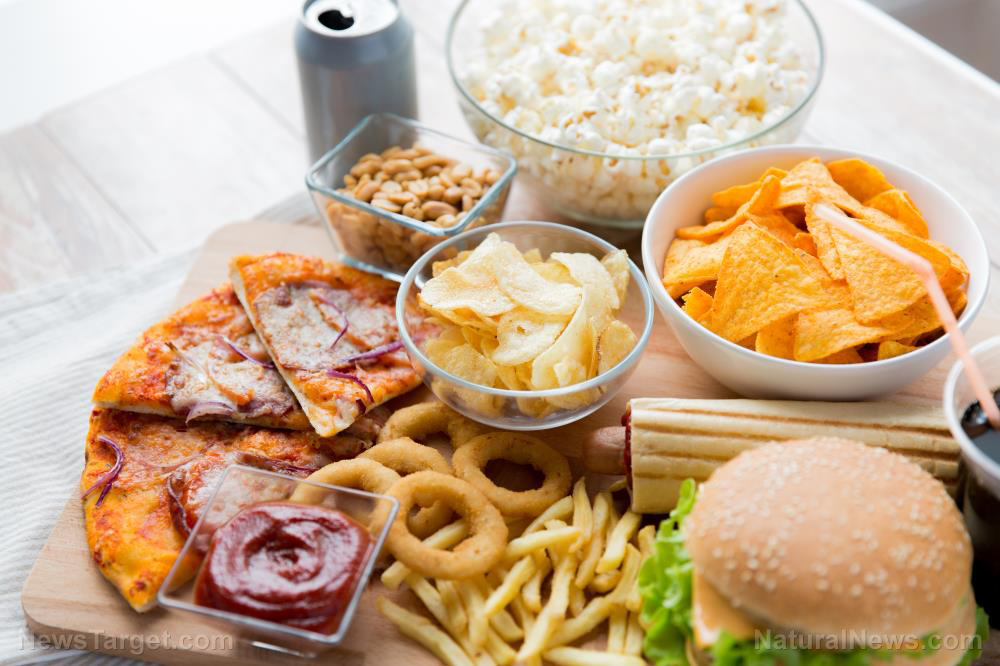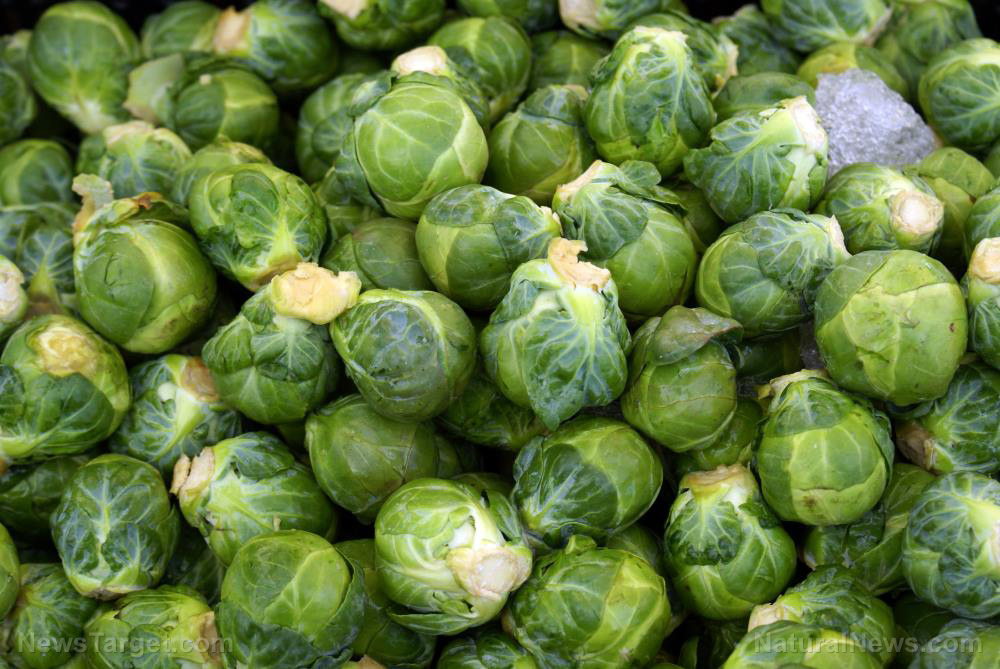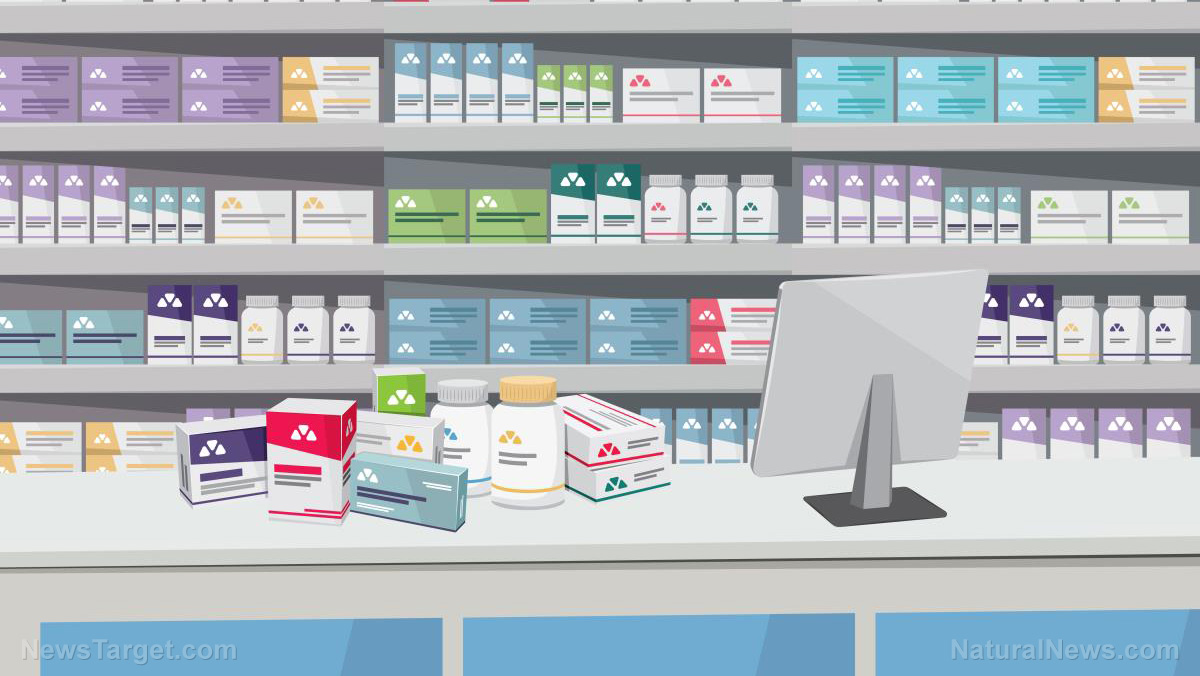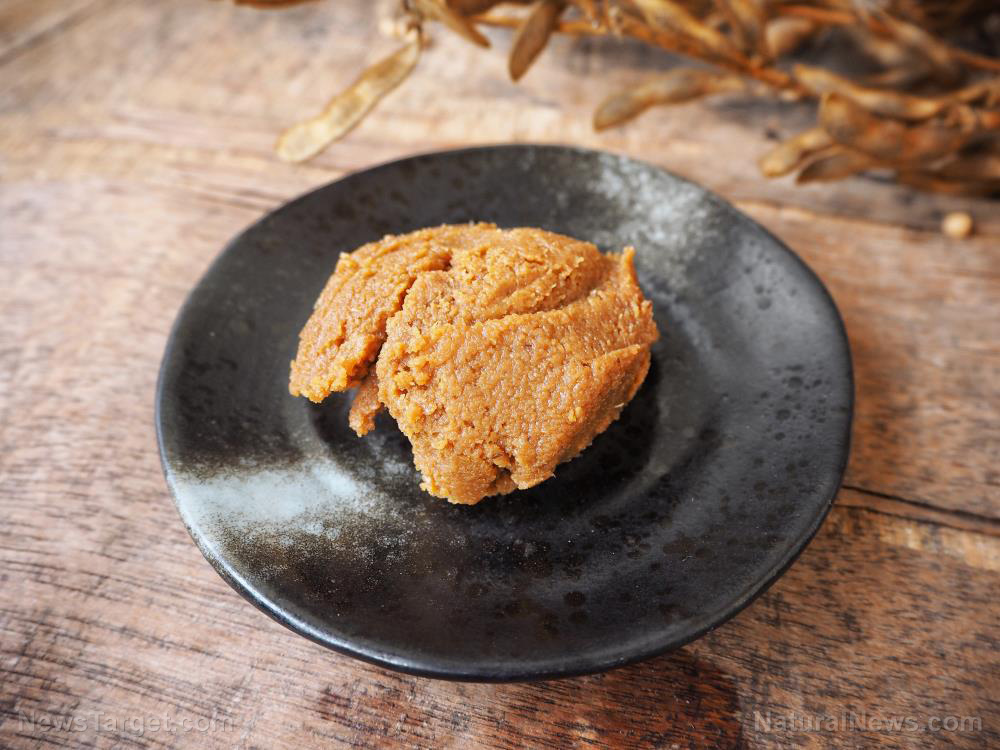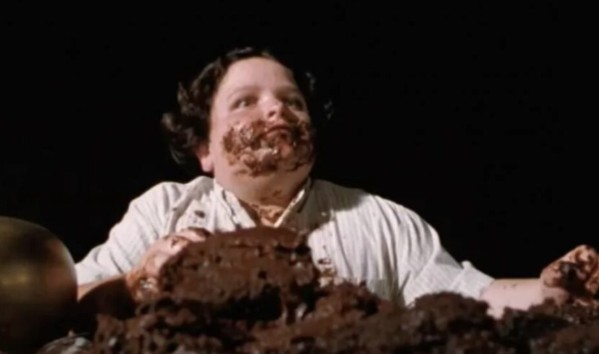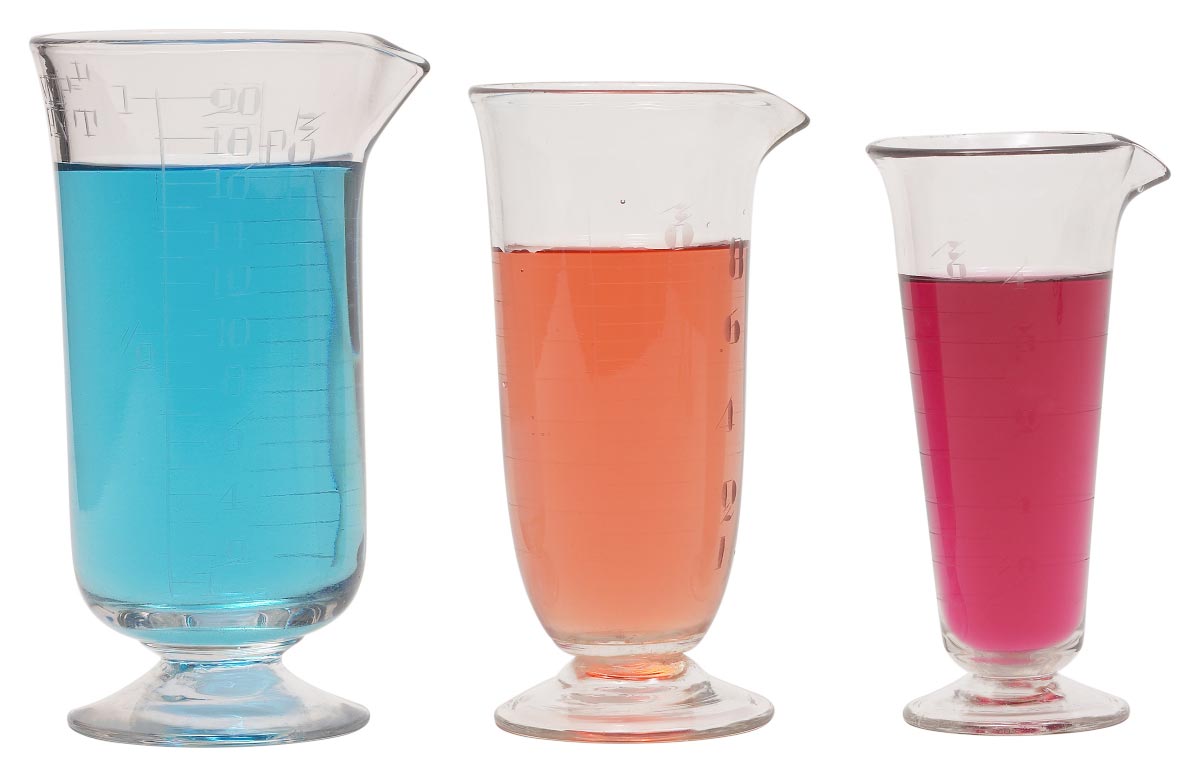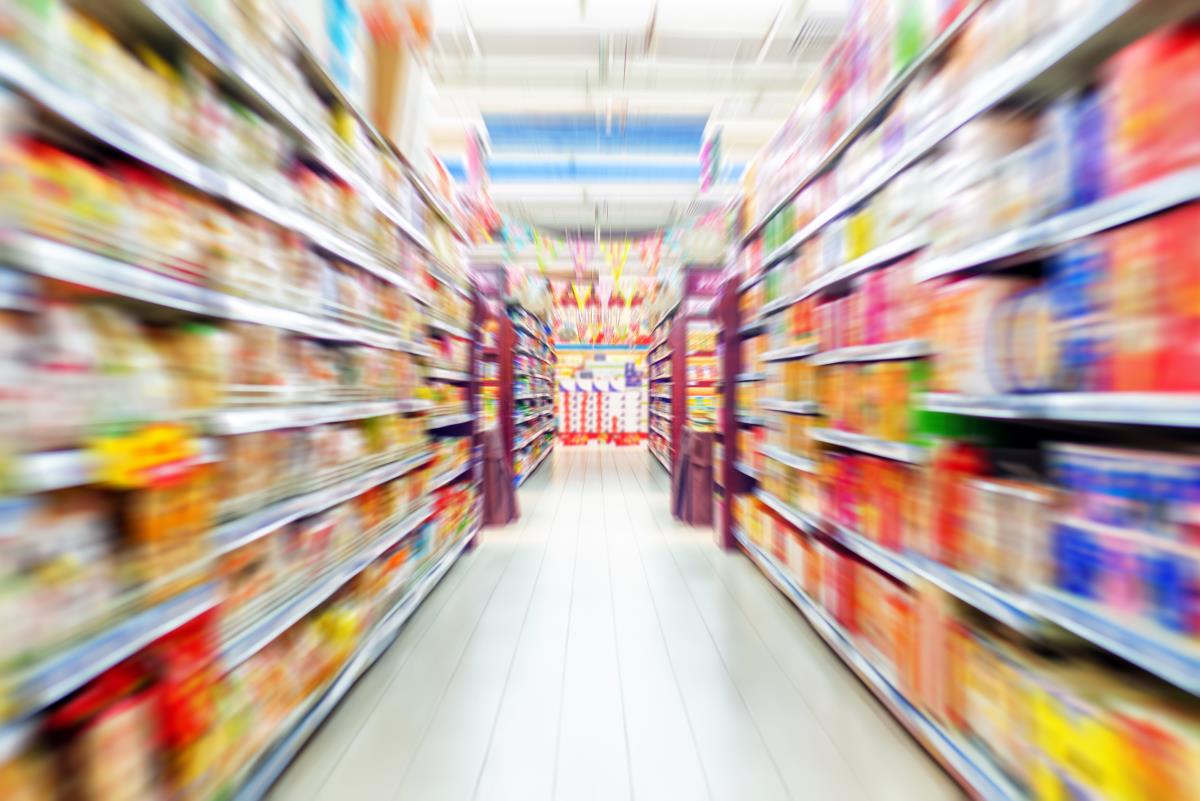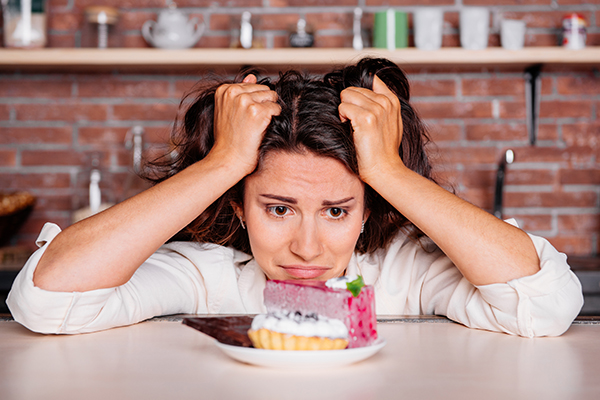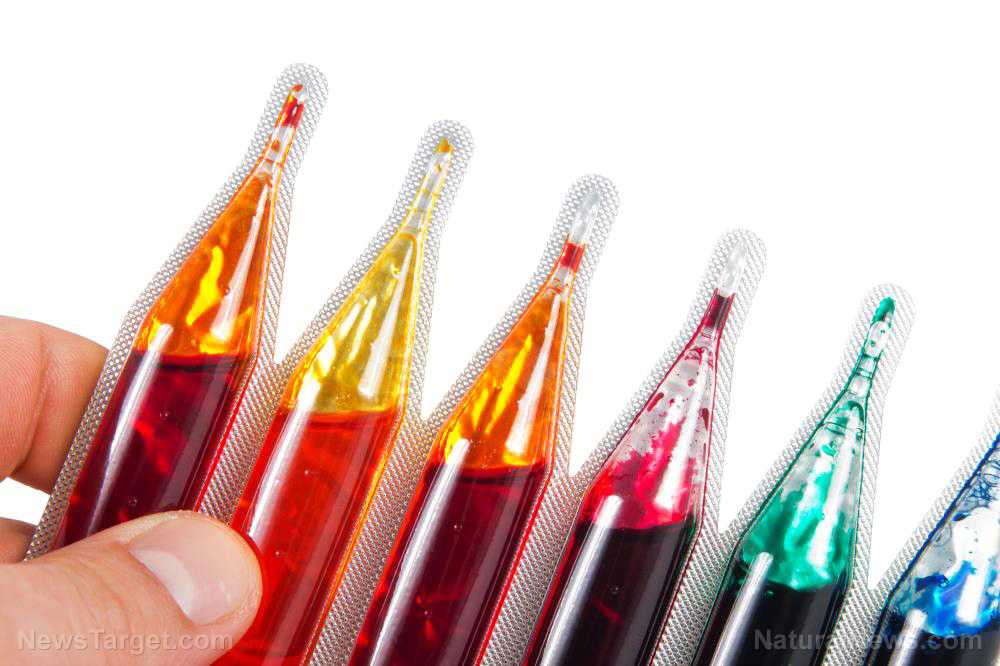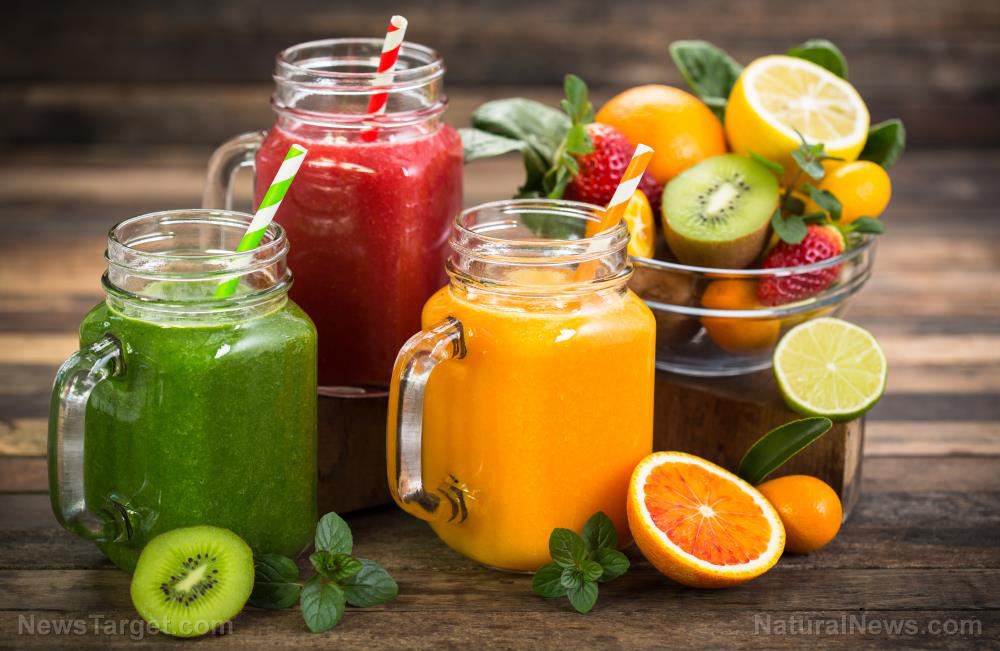Toxic lead paint used as food coloring sickens 233 Chinese children, exposing systemic corruption
07/11/2025 / By Cassie B.
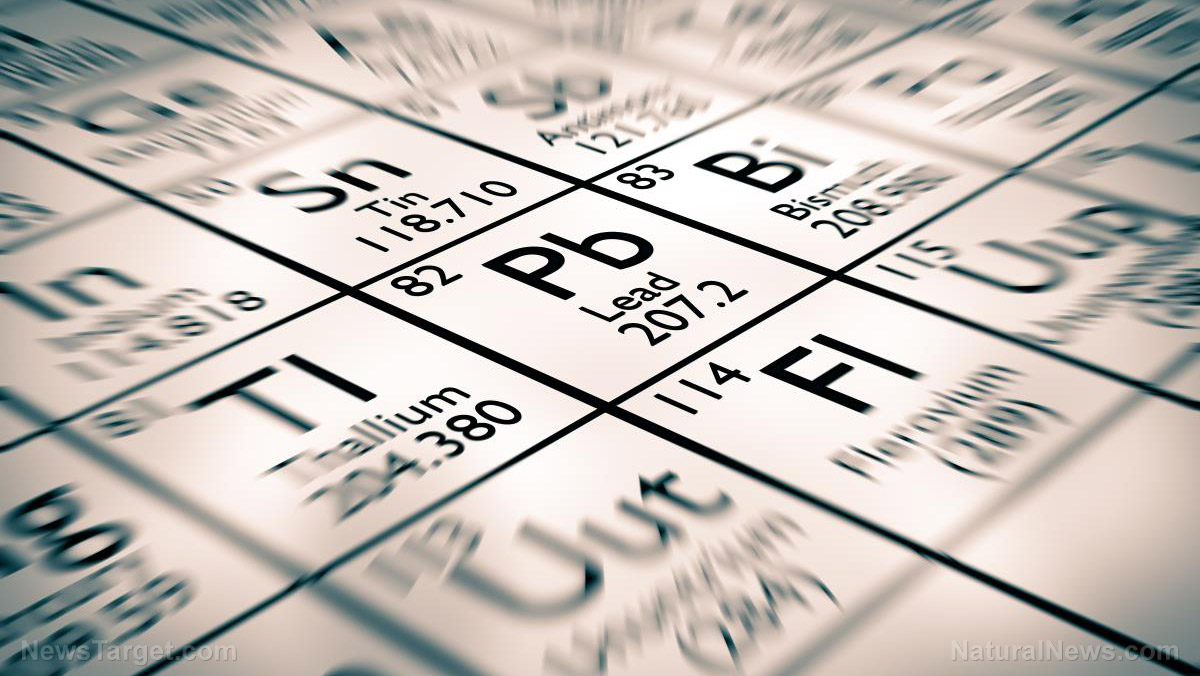
- More than 200 children in Gansu Province suffered severe lead poisoning after kindergarten staff fed them food dyed with toxic industrial paint, exceeding safety limits by 2,000 times.
- Investigations revealed staff intentionally used non-edible paint to color meals, prioritizing profit over safety, while ignoring explicit consumption warnings.
- Parents suspected poisoning for months but were dismissed until independent tests confirmed extreme lead levels—some 10 times above China’s “severe” poisoning threshold.
- This incident echoes past food safety scandals in China, exposing systemic corruption, weak accountability, and recurring environmental contamination harming children.
- Critics warn that unchecked industrial-state collusion enabling such abuses mirrors global regulatory failures, demanding urgent transparency to protect future generations.
More than 200 innocent kindergarten children in China’s Gansu Province have been poisoned, some critically, after school staff fed them food laced with industrial paint containing lethal levels of lead. Authorities confirmed this week that 233 of 251 students tested at Heshi Peixin Kindergarten showed blood lead levels soaring past safety limits, with contaminated food samples revealing lead concentrations 2,000 times above legal thresholds. The principal and seven others now face criminal charges, but outraged parents demand answers: How could such evil flourish unchecked?
Industrial toxins served as “food coloring”
According to the Tianshui city government’s investigation, kitchen staff—directed by the kindergarten’s profit-hungry principal—repeatedly used cheap, non-edible paint pigments to dye steamed cakes and corn rolls, deliberately deceiving parents and children with brightly colored meals. The paint’s packaging explicitly warned against consumption, but apparently profits outweighed basic humanity.
“My mind went blank,” one mother told state media after an independent hospital in Xi’an reported her child’s blood lead level at 528 micrograms per liter, which is a “severe poisoning” diagnosis under China’s own health standards.
Disgustingly, this is not an isolated incident. China’s history of environmental and food safety crimes reads like a dystopian novel: In 2008, 300,000 infants were sickened by melamine-tainted baby formula, a scandal that ended with executions for responsible executives. Lead poisoning outbreaks have plagued entire villages near smelters and factories. Yet here we are again, with another generation of children sacrificed to systemic corruption.
Parents silenced, tests manipulated
The most upsetting part of this story is that parents suspected poisoning for months. Children suffered stomach pains, lethargy, and behavioral changes as early as March, yet local officials dismissed concerns. Only when families paid for independent testing in Xi’an did the truth surface: Bloodwork showed 70 children exceeded lead poisoning thresholds, with six cases 10 times worse than China’s “severe” classification. Contrast that with the Tianshui government’s vague initial reports of “abnormal” levels, and the cover-up becomes obvious.
“The children only ate [contaminated food] once or twice a week—how could they be this poisoned so seriously?” demanded one mother, surnamed Wu. Her skepticism underscores a critical point: Chronic exposure suggests lead seeped into these children’s bodies through multiple sources—perhaps polluted water, soil, or even school supplies. Yet authorities blame solely the food, a convenient scapegoat that silences broader environmental inquiries.
Let’s be clear: This isn’t just “China’s problem.” The same corporate-state collusion that allows industrial chemicals to be served as kindergarten snacks mirrors the FDA’s lax tolerance of pesticides, heavy metals, and forever chemicals in U.S. food. While China’s lead limits are stricter than America’s (0.5mg/kg vs. the FDA’s 1000ppm for candy), the core issue is identical: unaccountable systems that protect profits over children.
Chinese officials promise crackdowns, but history proves otherwise. In 2010, the central government allocated special funds to curb heavy metal pollution after 4,000+ citizens were poisoned in a single year. Yet today, children still eat paint. The solution? Radical transparency—abolishing the cronyism that lets factories dump toxins near schools. Until then, brave parents must demand independent testing, because trusting the state is literally poisoning their future. Today it’s lead paint in China; tomorrow, it could be your child’s lunchbox.
Sources for this article include:
Submit a correction >>
Tagged Under:
children, China, Dangerous, deception, food supply, grocery, ingredient, ingredients, Lead, lead poisoning, lies, poison, stop eating poison, toxins
This article may contain statements that reflect the opinion of the author
RECENT NEWS & ARTICLES
COPYRIGHT © 2017 INGREDIENTS NEWS


